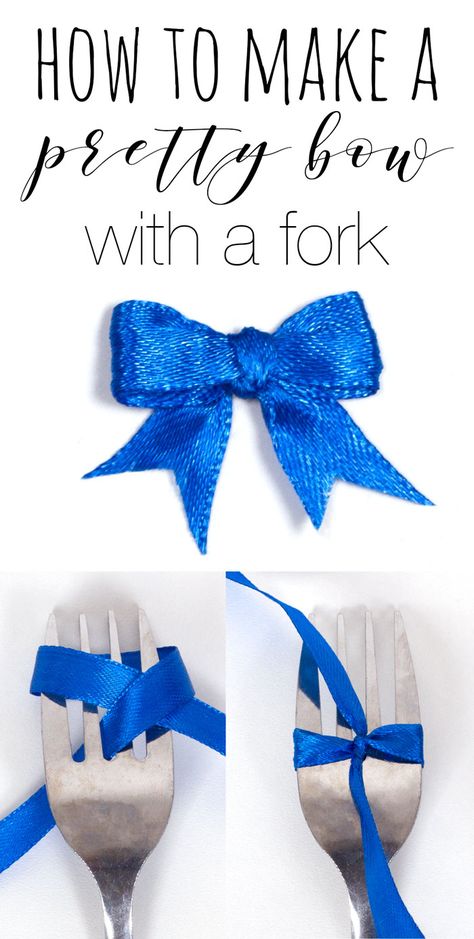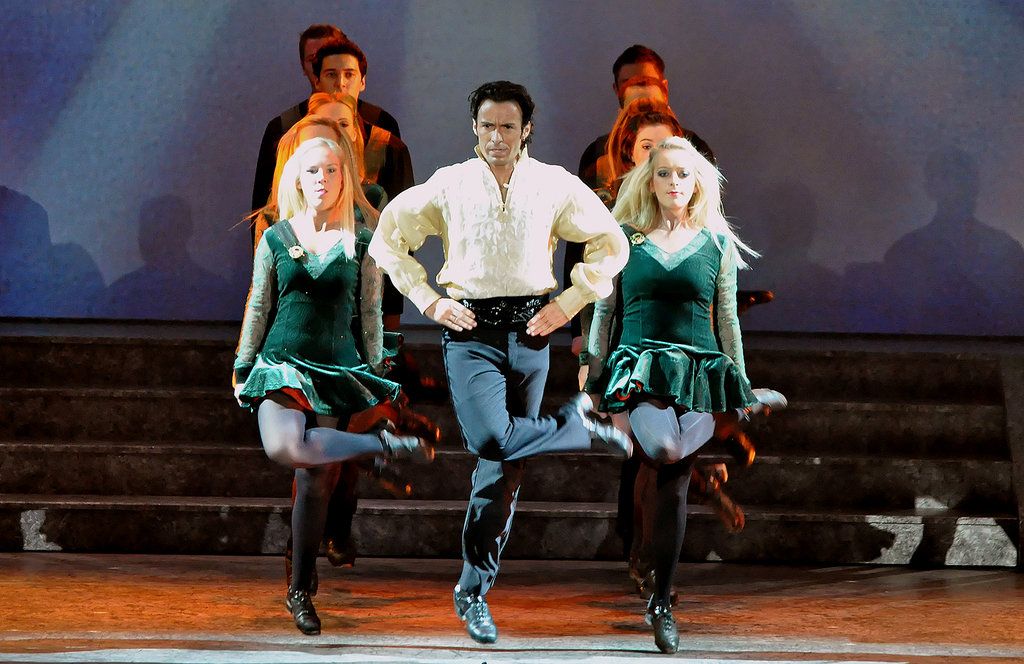How to make ribbons for dancing
How to Make Dancing Ribbon Rings
By Chelsey
As an Amazon Associate I earn from qualifying purchases. You can read more on our disclosure page.
These DIY dancing ribbon rings are super simple to make and so fun for kids to play with. Ribbon rings are such a fun homemade toy for music and movement and also make great party favors for a birthday party.
Follow Buggy and Buddy on Pinterest for even more ideas!
After watching my two year old’s fascination with dancing ribbon rings at our local music class, I knew I had to make some for him to use at home!
If you’re not familiar with ribbon rings, they’re basically rings (large enough for small hands to hold) with ribbons streaming from them. Ribbon rings are wonderful toys for both outdoor and indoor play and inspire all kinds of dancing, twirling, and imaginative play! And the best part- they are super easy to make! (This post contains affiliate links. )
Safety Warning: Any string from toys or window blinds longer than 12 inches is considered a strangulation hazard for all children. The finished length of our ribbon ring streamers is 18 inches. DO NOT leave your child unattended with these toys.
Materials for Dancing Ribbon Rings
- Ring (We used 3 inch wooden rings, but you can also use these smaller wooden rings or even shower curtain rings.)
- Ribbon in variety of colors (We decided to make rainbow ribbon rings so we used all the colors of the rainbow! Our ribbon was 1/4 inch wide and purchased at our local craft store. If you are unable to purchase your ribbon locally, there are some variety packs of ribbon online like this one.)
- Scissors
- Lighter or candle (optional)
Directions for Making Dancing Ribbon Rings
1.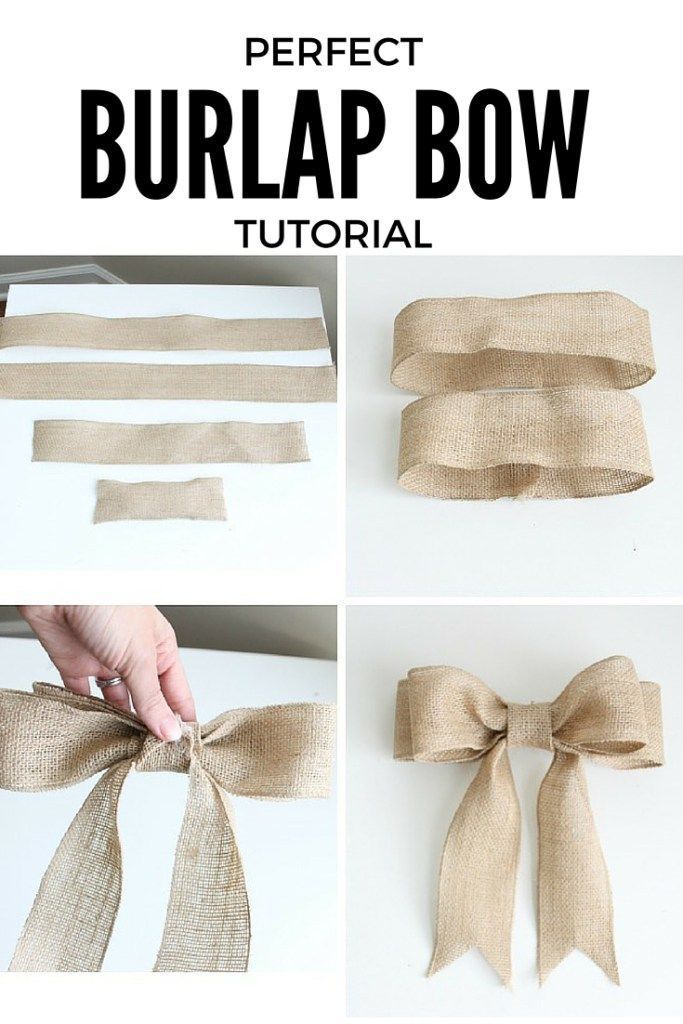 Cut your ribbon into 36 inch strips. (We used 7 different colors of ribbon, each 36 inches long, but you could use whichever colors you’d like.)
Cut your ribbon into 36 inch strips. (We used 7 different colors of ribbon, each 36 inches long, but you could use whichever colors you’d like.)
2. Tie ribbons onto the ring: Pull one 36 inch ribbon through the ring and stop when it’s halfway through.
Knot it twice onto the ring. You now have two 18 inch ribbons hanging from your ring. Do this for the remaining ribbons.
3. To keep your ribbon from fraying, quickly run the ends of the ribbons through a flame from a lighter or candle. This will melt the ends and seal them.
These dancing ribbon rings would make great handmade gifts for loved ones and wonderful stocking stuffers or goodies for an Easter basket!
Be sure not to miss these other homemade toy tutorials on Buggy and Buddy!
Felt Butterfly Wings
How to Make Your Own Felt Board
Felt Stuffed Letters Tutorial
How to Make Dancing Ribbons
Make dancing ribbons on a budget with a few simple supplies….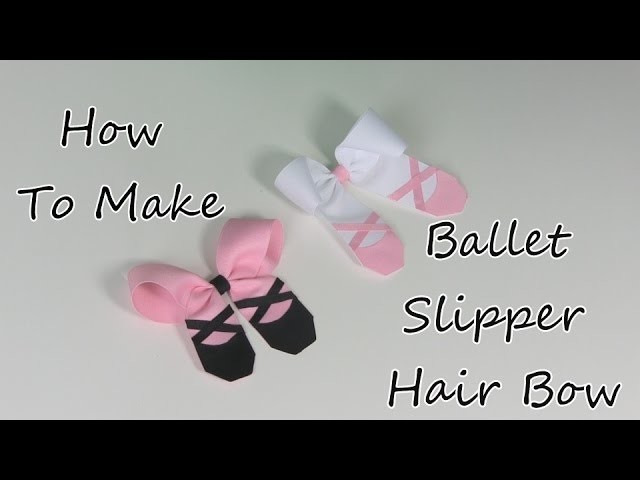 an easy craft for kids. This is a cute party activity and the ribbons can be used for dancing, math, and literacy activities.
an easy craft for kids. This is a cute party activity and the ribbons can be used for dancing, math, and literacy activities.
Here is an easy craft idea for preschoolers. Kids enjoy using these simple dance ribbons for music and movement activities and even literacy activities. Let me show you how to make these cute, budget-friendly dancing ribbons.
Craft Supplies for your Dancing Ribbons
Ribbon
Please note that these ribbon rings are intended to be created and used with adult supervision. If real ribbon fits into your budget….go for it. I like to use rectangular plastic table cloths to make inexpensive ribbons. You can find inexpensive table cloths in a wide variety of colors at the Dollar Store, discount store, or party store.
Rings
You will also need some type of ring to complete this craft. Here are some ideas for items that you can use for rings:
- jelly bracelets (looks for them in party favor section of stores)
- plastic lids (cut out a circle in the center)
- small paper plates (cut out a circle in the center)
- chenille stems (tie them into a circle)
- rubber slingshot frogs, bunnies, or other animals
How To Assemble the Dancing Ribbons
First, you will need to cut the tablecloths into strips or ribbons.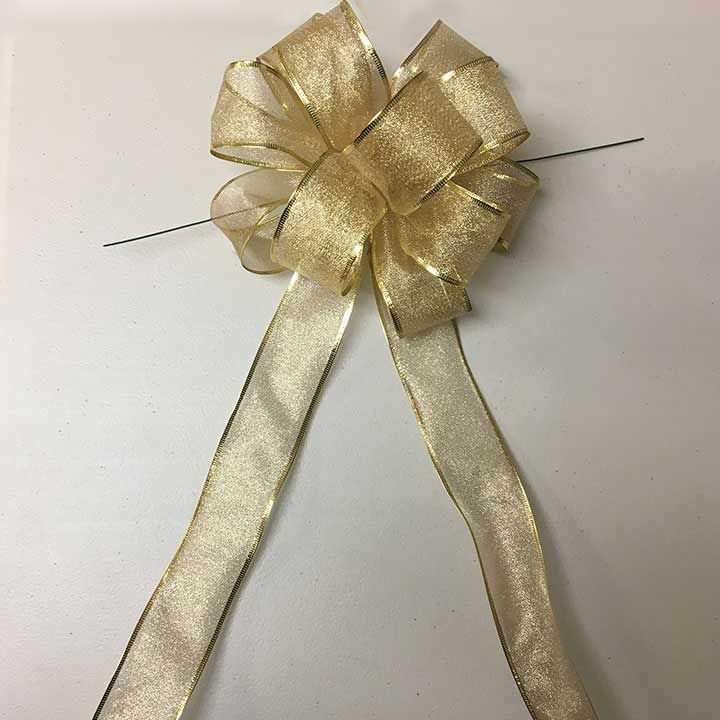 To make the task of cutting the tablecloths easy, DO NOT unfold them all the way. If you happen to have a rotary cutter, you can cut strips just as you would cut strips of fabric for quilts. I couldn’t find my quilt cutting supplies, so I just used a ruler to measure the strips equally, marked them with a pen, and cut them with my scissors.
To make the task of cutting the tablecloths easy, DO NOT unfold them all the way. If you happen to have a rotary cutter, you can cut strips just as you would cut strips of fabric for quilts. I couldn’t find my quilt cutting supplies, so I just used a ruler to measure the strips equally, marked them with a pen, and cut them with my scissors.
When I unfolded the strips, I had a bunch of nice, colorful ribbons to add to the rings. Now it’s time, to attach the ribbons to a ring.
Before attaching the ribbons to a bracelet, I folded them in half. I stuck the folded edge through the bracelet.
Then, I opened the fold to make a loop. I stuck my hand through the loop, grabbed the other end of the ribbon, pulled it through the loop, and pulled it tight around the bracelet.
Young kids will need some assistance with this. I like to add 3-5 ribbons to each ring. If you have enough supplies and kids enjoy the craft, they can add more. If you want to make the ends even, you can give them a little haircut.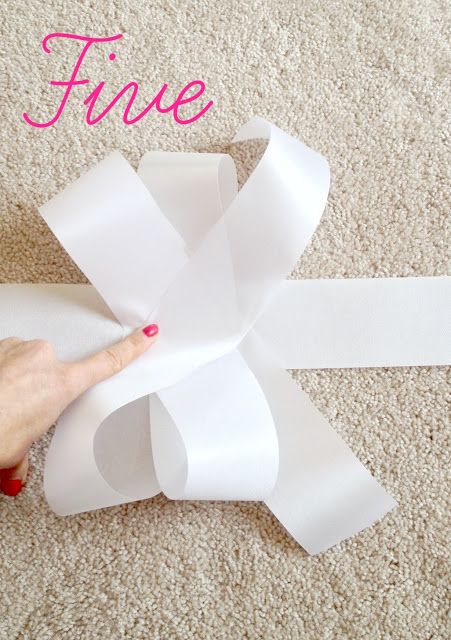
Additional Elements
In addition to the tablecloth ribbons, you can add curling ribbon (I think the addition of silver curling ribbon would look great on mine) to your rings. Jingle bells might be a fun addition as well.
Paper Plate Dancing Ribbons
If your kids aren’t quite ready to tie the ribbons onto rings as I showed above, they can use a stapler instead. We used two paper plates to make the ring a little sturdier. Kids can staple ribbons around the paper plate. They can then complete their craft by decorating or coloring the paper plate ring. In the picture below, we used Valentine’s Day stickers, but this craft can be used for any holiday or theme.
Ideas for Using Dancing Ribbons
The thing that I love about these ribbon rings is there are so many fun ways to use them. Here are a few ideas.
- Use them for a special birthday song during classroom circle time
- Create shapes, letters, or numbers in the air with the dancing ribbons
- Use dancing ribbons to count and emphasize syllables in words or names
- Make them as a party activity and use them as part of the celebration
- Have a parade featuring dancing ribbons
- And you can always use them for a dance party.

There you have it….an easy craft for kids. I’m sure that you can think of more ways to use dancing ribbons with your kids. I would love to hear your ideas.
Here are some resources from my store that can be used with the ribbon rings
.
Do-it-yourself gymnastic ribbon
Ribbon exercises are the most spectacular part of rhythmic gymnasts' performances. After all, if you know how to control the wand, then a simple tape can do very beautiful tricks. If you are going to perform at competitions, it is better to choose a professional ribbon with a special stick, but if the projectile is needed for training, sports demonstrations, children's choreography, then a home-made gymnastic ribbon that you can make yourself is also suitable. nine0003
How to choose a ribbon
Contents
- 1 How to choose a ribbon
- 2 Complex design
- 3 Simple design
Training tapes are three to four meters long and are used not only in gymnastic sports, but also in various demonstration, choreographic performances where a special dance idea is needed.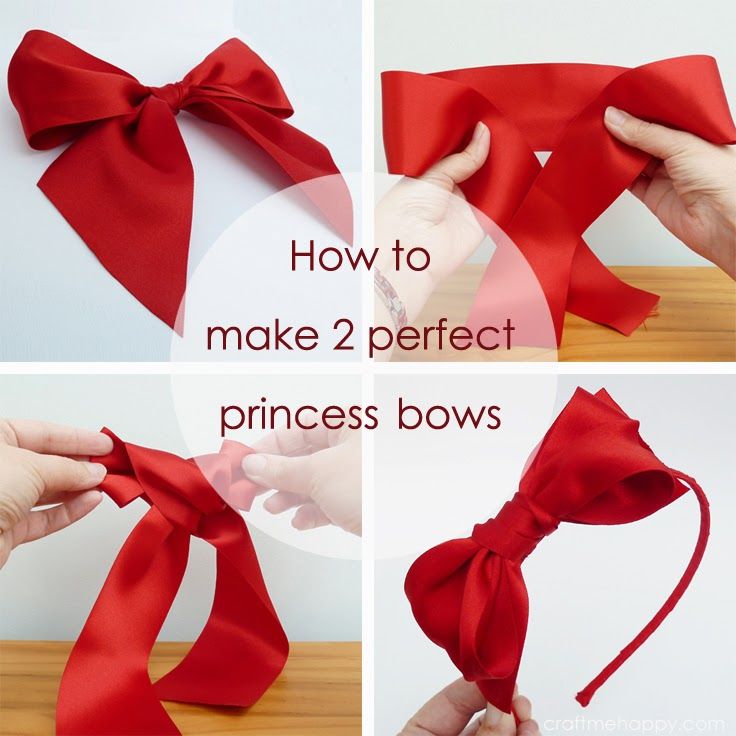 nine0003
nine0003
Professional tape used mainly in competitions and training. The length depends on the age of the gymnast, technical skill and ranges from four to six meters, it is attached to a stick (which has a conical or cylindrical shape) with a nylon pigtail or carabiner. The length of the stick is also different - a six-meter ribbon should be attached to a stick 55 to 60 centimeters long, ribbons from three to four meters long use sticks up to 50 centimeters long. Accordingly, tapes from 4 to 6 meters are attached to a stick 55 - 60 centimeters. But the length of the stick is for professionals. For children, you can take shorter blanks - 25 - 35 centimeters. nine0003
The ribbons must match the color of the dance costume, so they are colored with acrylic paints or permanent markers and then ironed to fix the color. Such a tape can be washed in gentle mode, having previously separated it with a stick.
Complex design
If you try, you can make a gymnastic ribbon that will rotate freely relative to the stick.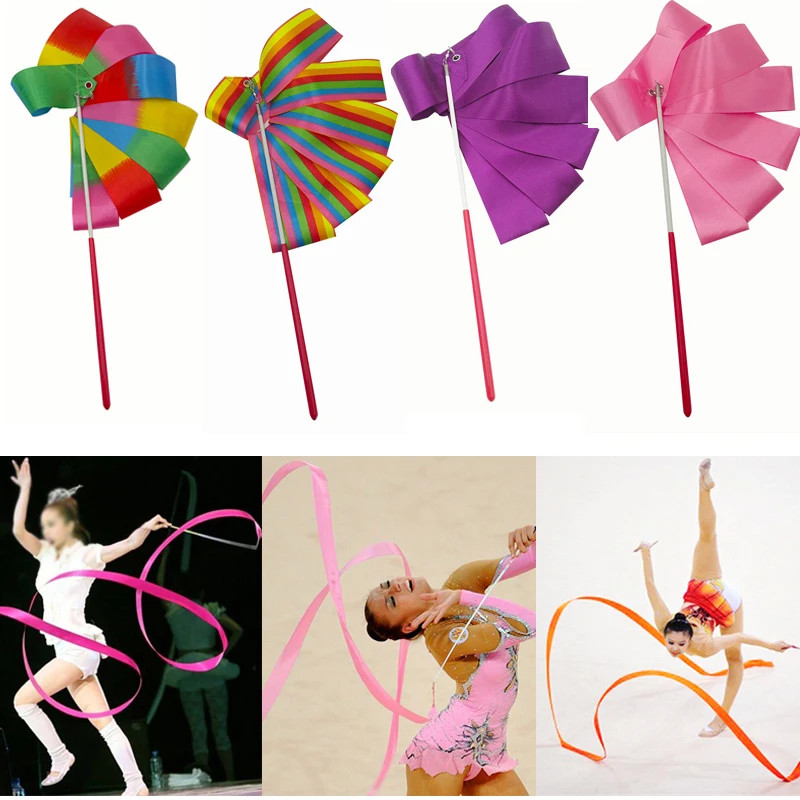 Such a wand is more difficult to use, but the tricks will be more beautiful. nine0003
Such a wand is more difficult to use, but the tricks will be more beautiful. nine0003
- A plastic tube is taken or the tube is made of tin.
- A plug is placed on one end, a cap with a hole in the middle is placed on the other. The cap can be made from tin.
- A wire about eight centimeters long is inserted into the hole, bent in half - barbs are made on one side to hold it in the cap, on the other - a ring. Barbs should not interfere with the free rotation of the ring.
- At the edge of the tape, make a tube into which a 14 cm long rope is inserted. The ends of the rope are sewn together. nine0010
- Now the rope ring is connected to the wire ring using a carabiner, you can use a fishing carabiner (they are intended for attaching a lure to a fishing line).
Simple design
This tape will not have such free movement around the axis as the previous one, but this is the simplest scheme for making this gymnastic apparatus. Such a wand will be easier to manage, it is suitable for beginners.
Such a wand will be easier to manage, it is suitable for beginners.
- Requires stick, tape and glue to make. nine0010
- Take a satin ribbon four to six centimeters wide. The length for preschool children should be no more than five meters, adults can be given a ribbon even 7 meters long. The color should match the color of the suit, you can sew ribbons of different colors if necessary, but due to the seams, the strip of material may lose its initial elasticity.
- The stick should be about one and a half centimeters in diameter and fit well in the palm of your hand. Children can choose a diameter of 1 cm so that it is convenient to use such a stick. The stick should be light, so you can take a plastic tube or a wooden blank, but you can also use iron or aluminum. nine0010
- The edge of the tape can be hemmed to prevent it from unraveling, but it is better to burn it with a lighter, for example.
- Bend the tape a centimeter and sew this edge, a small linen tube forms at the end.
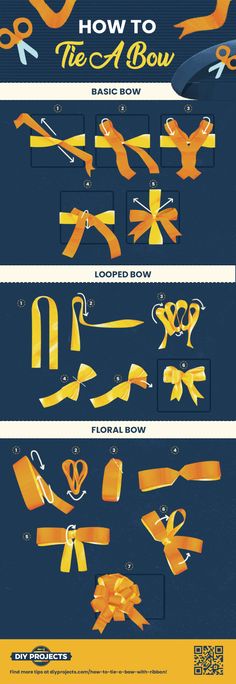 Pass the key ring through this tube, drill a hole in the stick and put the ring with the ribbon into this hole. No carabiners are needed, this is the simplest fastening design.
Pass the key ring through this tube, drill a hole in the stick and put the ring with the ribbon into this hole. No carabiners are needed, this is the simplest fastening design. - The stick can be decorated with a pattern, appliqué. Cover the pattern with varnish so that it does not rub off. It is much more pleasant for children to perform with a hand-made and decorated stick. nine0010
If you don't need to rotate the ribbon - just glue any stick and wrap the ribbon around, it's the easiest way to make this gymnastic apparatus. If you are engaged in rhythmic gymnastics professionally, the tape must meet all standards and it is better to buy it in a specialized store.
Ribbon gymnastics: competition rules, evaluation, results
Rhythmic gymnastics is a sport that combines grace and agility, endurance and lightness, incredible clarity and plasticity of movements. It got its name not in vain, because each performance is a whole art, all the elements of which are very important: it is the right musical accompaniment, the appropriate costume, and perfect combinations of movements. Also in rhythmic gymnastics there is a variety of sports equipment: hoops, clubs, balls with which gymnasts perform rotations, jumps, throws and other elements. But a special role in rhythmic gymnastics, of course, is assigned to the ribbon. With its help, gymnastic elements acquire a unique charm, so the performances of athletes with a ribbon are rightfully considered the most spectacular and beautiful. nine0003
It got its name not in vain, because each performance is a whole art, all the elements of which are very important: it is the right musical accompaniment, the appropriate costume, and perfect combinations of movements. Also in rhythmic gymnastics there is a variety of sports equipment: hoops, clubs, balls with which gymnasts perform rotations, jumps, throws and other elements. But a special role in rhythmic gymnastics, of course, is assigned to the ribbon. With its help, gymnastic elements acquire a unique charm, so the performances of athletes with a ribbon are rightfully considered the most spectacular and beautiful. nine0003
Competition Rules
Competitions and tournaments in rhythmic gymnastics never go unnoticed: it is interesting for everyone to look at the incredible performances of the participants and evaluate their skills - both a professional and a person far from sports. Any sports competition has its own rules and regulations, and rhythmic gymnastics is no exception.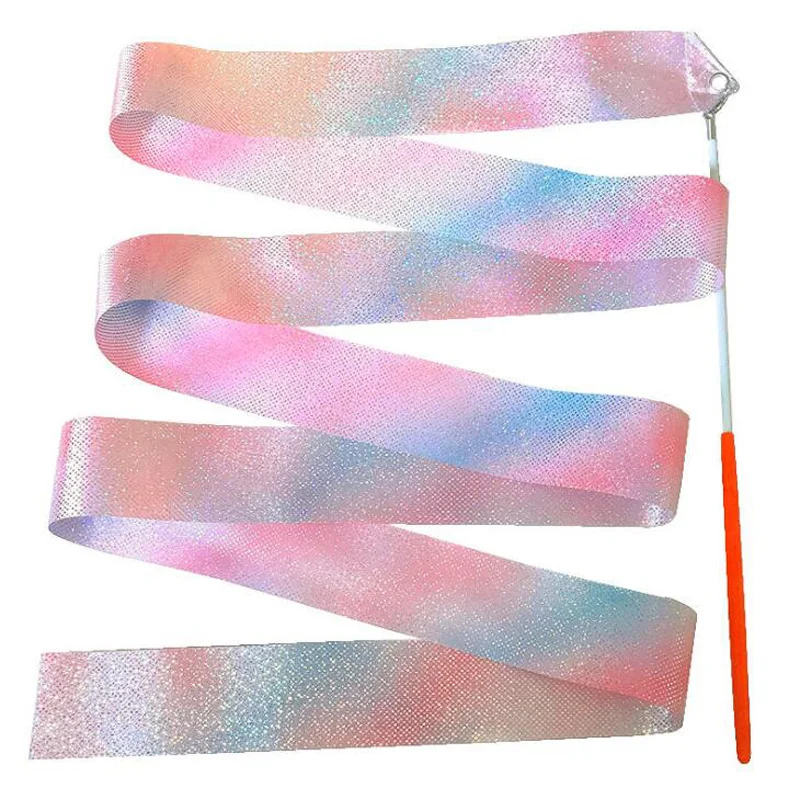 It should be noted that in recent years, international competitions without the use of sports equipment have practically not been held: gymnasts perform with ribbons, maces and other apparatus. nine0003
It should be noted that in recent years, international competitions without the use of sports equipment have practically not been held: gymnasts perform with ribbons, maces and other apparatus. nine0003
Rules for the admission of participants to competitions
For participation in competitions, athletes are usually grouped according to age and available sports category.
The following age groups exist:
- seniors (aged 15 and over) usually compete under the qualification program of the master of sports;
- juniors (13-15 years old), candidate program for master of sports or the first sports category;
- girls from 6-7 to 11-12 years old (with the allocation of additional intermediate categories for participants aged 8, 9and 10 years respectively), the program of the second or third sports category or the first or third sports youth category.
A gymnast has the right to compete in a prescribed age category if she has reached the required age in the calendar year of the competition.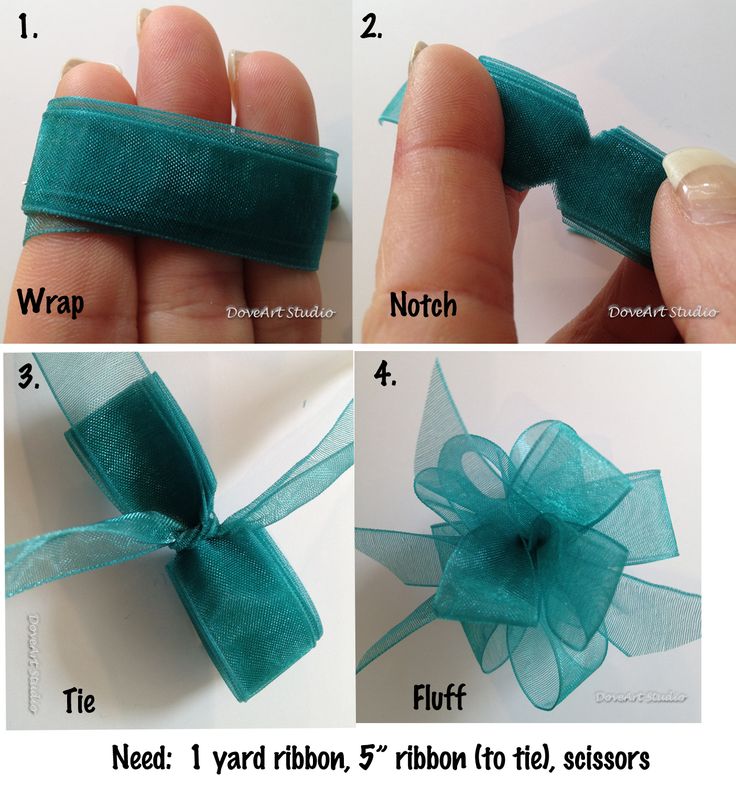
Swimwear requirements
When preparing for a competition, competitors should carefully review the dress code, including leotard, to ensure that they are eligible to compete, and to avoid being penalized by the Coordinating Judge (0.30) for a leotard that does not meet the standards. nine0003
Gymnastic leotard must:
- be opaque and appropriate, be sure to have a lining under the lace inserts;
- have a correct neckline: in front - not lower than the middle of the sternum, in the back - not lower than the shoulder blades;
- be of sufficient size so that the cutout on the legs covers the inguinal fold, and underwear is not visible from under the swimsuit;
- be with or without sleeves - at the discretion of the gymnast, but not have thin straps; nine0010
- fit the figure so that the judges can assess the correct position of the body parts.
In addition to sports uniforms, hair and make-up are also given great attention: they must be neat and modest.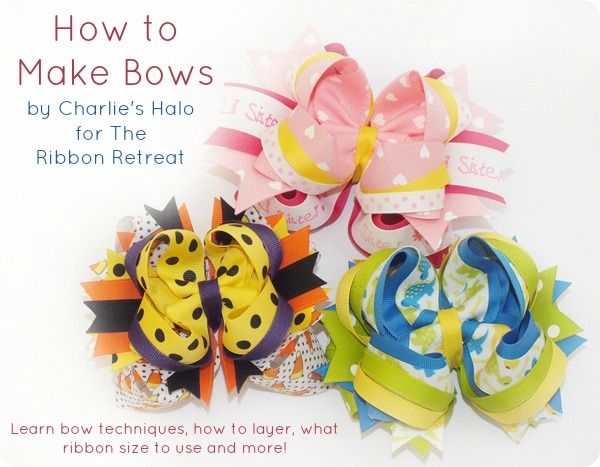 Jewelry or piercings that may be unsafe during the performance should be removed. The appearance of the participants is checked before entering the competition area: if various kinds of inconsistencies are found, the coordinator can remove the point.
Jewelry or piercings that may be unsafe during the performance should be removed. The appearance of the participants is checked before entering the competition area: if various kinds of inconsistencies are found, the coordinator can remove the point.
Timing
nine0002 The chronometer recording starts from the moment when the gymnast / the first gymnast of the group starts her movement (also, before the start of the performance, a short musical break is allowed - no more than 4 seconds, during which the participants can not move), and stops as soon as the athlete has finished the performance. The duration of one performance, as a rule, is 90 seconds, however, for teams they can make an exception and allow a number that lasts up to 2.5 minutes to compete.nine0002 The timekeeper judge has the right to deduct a point if the performance lasted longer or turned out to be shorter than the set time (0.05 points per second), and the artistry judge has the right to deduct 0.
 30 points if the musical loss, during which the participant was motionless, lasted more than 4 seconds.
30 points if the musical loss, during which the participant was motionless, lasted more than 4 seconds. Music
Musical accompaniment is mandatory for rhythmic gymnastics competitions. The musical composition must be complete and complete (it is not allowed to use fragments of melodies that are not interconnected). It is not allowed to include sharp sounds in the musical accompaniment (siren, car, etc.). The coordinating judge may deduct 0.50 points for music that does not comply with the rules. During the performance, the participants are allowed to take short pauses if the composition requires it. nine0003
Grading system
Evaluating such a sport as rhythmic gymnastics was initially quite difficult: after all, part of the total score depends on the beauty of the performance, and this, as you know, is a subjective thing and often causes disputes. However, there are established rules aimed at making the evaluation of performances as fair and objective as possible.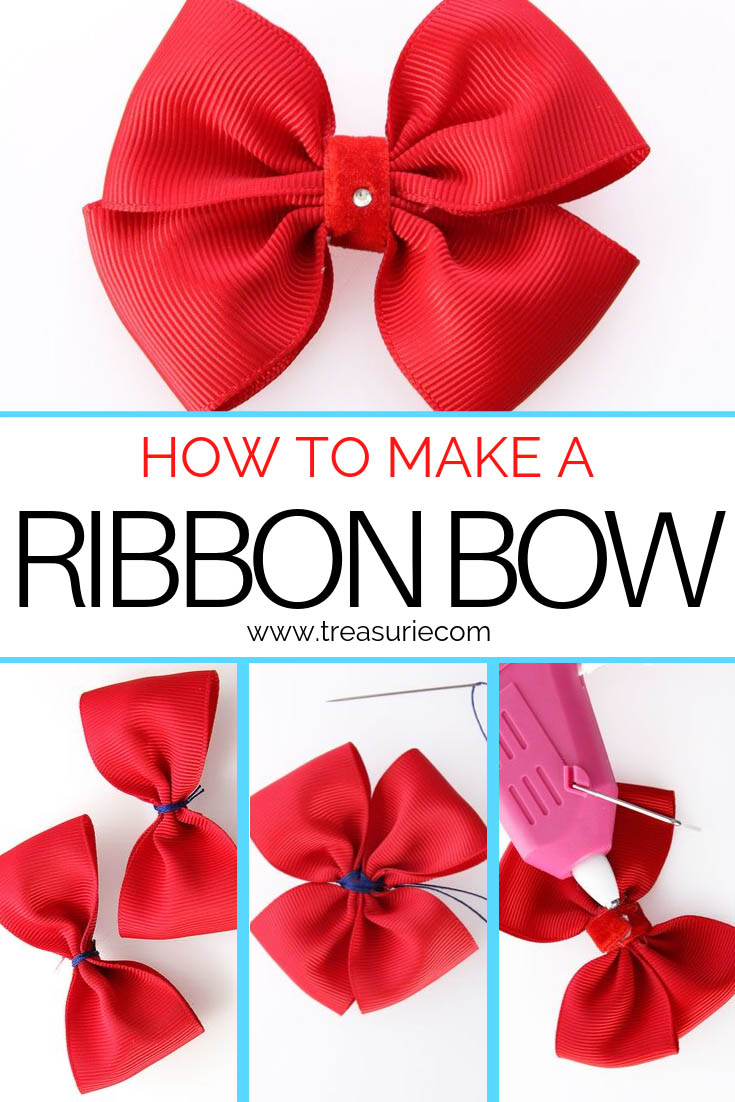
So, the gymnasts are evaluated by the jury - two groups of judges - based on the following points:
- The first team (D) consists of four judges, including the coordinating judge. Their task is to evaluate the technical side of the performance. Aspects such as the time of the exercises, the technique of working with the object involved in the performance are evaluated by the coordinator. The final score is the arithmetic mean of the scores given by two pairs of judges;
- The second group of judges (E) consists of four to six judges. Half of them give marks for musical accompaniment, choreography and artistry of performance. The remaining 2-3 judges evaluate the technical side of the performance, including work with equipment and the ability of the participants to coordinate body movements during the exercise. Evaluation covers the complexity of the elements of the performance, the combination of dance steps, the mastery of the object (in this case, the tape) and dynamic movements.
 In the final scoring, the average score of the two referee teams is taken into account. nine0010
In the final scoring, the average score of the two referee teams is taken into account. nine0010
The maximum final mark for performance is 20 points and is determined by adding the mark for technique (D) - maximum 10 points, and the mark for execution (E) - also maximum 10 points.
Protests
In case of disagreement with the D score, the coaches of the participants have the right to file a verbal protest immediately after the announcement of the score and before the next gymnast or group of gymnasts finishes her exercise, or no later than 1 minute after the score is shown, if the athlete was the last to perform. The Protest Judge must record the time the oral Protest was filed and the Protest will officially begin at that time. An oral protest must be confirmed in writing no later than 4 minutes after its submission, otherwise it will not be subject to consideration. nine0003
Protests are obliged to consider the Ground Jury and make a final decision on them:
- before the gymnasts of the respective stream/group have finished their performance;
- before the score of the next gymnast/group of gymnasts is announced during the finals.
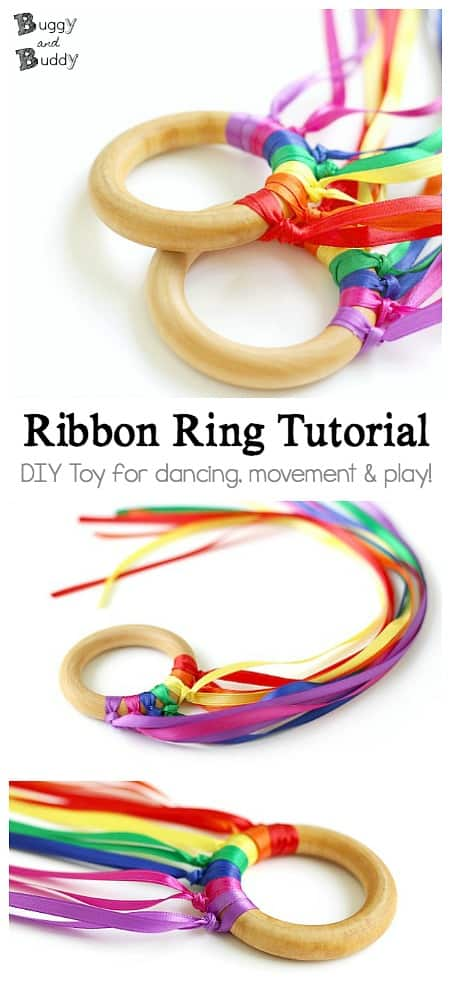
The Technical Committee analyzes the video recording of the performance immediately after the end of the competition. If the protest was found to be justified, the judges who made a mistake in scoring are subject to appropriate sanctions. nine0003
What is tape?
Ribbon - an attribute of rhythmic gymnastics, an object consisting of a plastic or wooden stick and the ribbon itself, which is made of satin or satin. The design is connected using a metal carabiner or nylon strap.
The width of the ribbon is 4-6 centimeters, and the length varies depending on age and skill level: gymnasts over 14 years old with the title of Master of Sports perform with a 6-meter ribbon, athletes 9-13 years old, who have the rank of candidate master of sports, use a ribbon 5 meters long. The choice of very young gymnasts with 3rd category and below is a 4-meter ribbon. The color of the stick and ribbon can be any and is chosen at the discretion of the gymnast.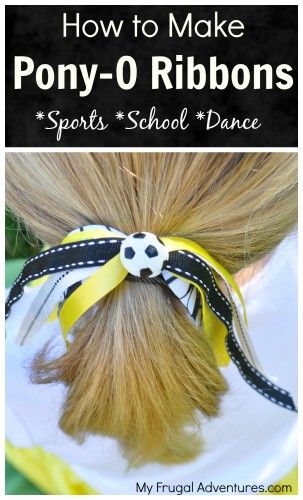
Get new forecasts: Vkontakte and Telegram .
Requirements for gymnastic ribbons and their features
Gymnastic ribbon - a subject "capricious" and requiring special conditions of use. So, it should be remembered that in rooms with high humidity, the material from which the accessory is made can change its properties, which will make it difficult to control the tape itself. And from air vibrations, for example, during air conditioning, the tape changes its trajectory, or it can simply be carried away by an air stream. All this is highly undesirable, as it threatens to lose points for the performance. nine0003
In order not to spoil the number with an unfortunate mistake, you must choose the right accessory, store and care for it. When buying a ribbon, you should not save money: in the manufacture of budget options, low-quality fabric or a fastener may be used, which will bring inconvenience during training and performances. It is worth giving preference to trusted manufacturers: the price will be higher, but the tape will not slip out of your hands, it will retain its integrity and good appearance.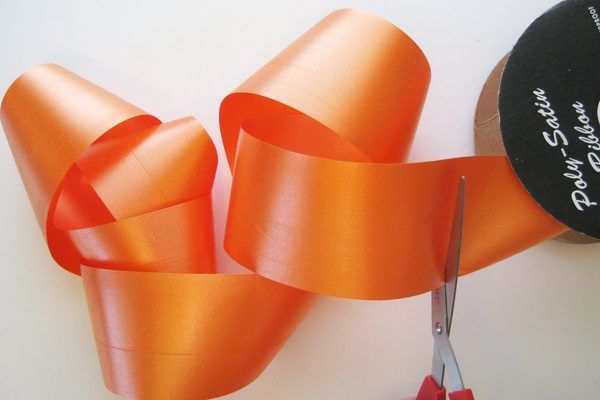
Storage and care
It is known that with the help of such an accessory as a ribbon, one can either successfully emphasize or worsen the overall impression of a performance. Therefore, it is in the interests of athletes to do everything so that the tape retains its original quality and appearance for as long as possible. It is important to remember some rules regarding transportation and care:
- To prevent the tape from being wrinkled or deformed, it should be transported wound on a special reel (drum). This method of transportation not only helps to keep the shape of the tape, but is also quite compact - when unfolded, the tape takes up much more space.
- Wash the tape as needed. In this case, the water temperature should not exceed 30 degrees, and for the washing itself, it is preferable to use washing powder or shampoo. Then the tape is dried, ironed and treated with starch - to maintain elasticity. nine0010
- You can make your own starch solution by adding one tablespoon of potato starch to a glass of cold water.
 Ready-made liquid starch (the tape is soaked in it for 10 minutes) or starchy sprays are also suitable.
Ready-made liquid starch (the tape is soaked in it for 10 minutes) or starchy sprays are also suitable. - When ironing the tape with a hot iron, it is important not to rush and be careful not to damage the product. If the tape is made of a material prone to electrification, it is then treated with an antistatic agent.
Compliance with these recommendations and proper handling of the sports accessory will help preserve its useful life and external presentability, which is important in performances.
How to choose a tape stick
The gymnastic ribbon comes with a cylindrical or conical stick, the direct role of which is to control the ribbon. The stick is fastened to the ribbon with a metal carabiner or nylon strap. Do not underestimate the importance of the wand, because it is with its help that the tape is rotated. Thus, it is important to know how to choose the right stick, which will make the performance of gymnastic elements as convenient as possible.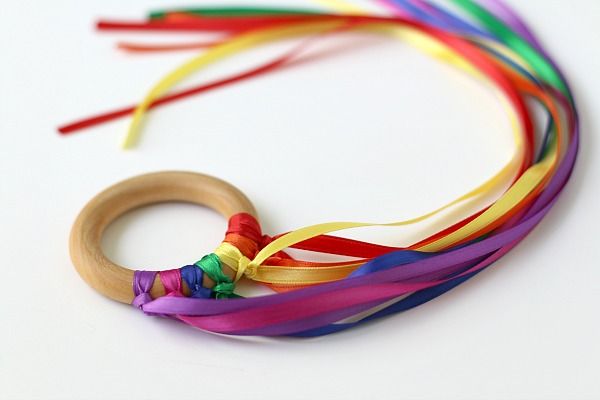 nine0003
nine0003
The first thing to remember is the combination of the length of the ribbon and stick:
- A 55-60 centimeter long stick fits a 6 meter long ribbon;
- for shorter ribbons (3-4 meters), sticks 50 centimeters long are used;
- For the smallest gymnasts who are just learning how to work with the ribbon, a stick no longer than 25-30 centimeters is suitable.
Sticks differ in other parameters:
- colour: dyed in one colour, tricolor or multi-coloured; nine0010
- material: made of plastic, wood or plexiglass, rubber edging is also available for comfortable grip and holding;
- class: standard and sticks for juniors.
All of the above points should be taken into account when buying, because with well-chosen equipment, an athlete has more chances for a successful performance.
Theoretical training
While the gymnast performs the exercise, the ribbon moves and rotates, while the object can either be in free flight or be in the hands of the gymnast.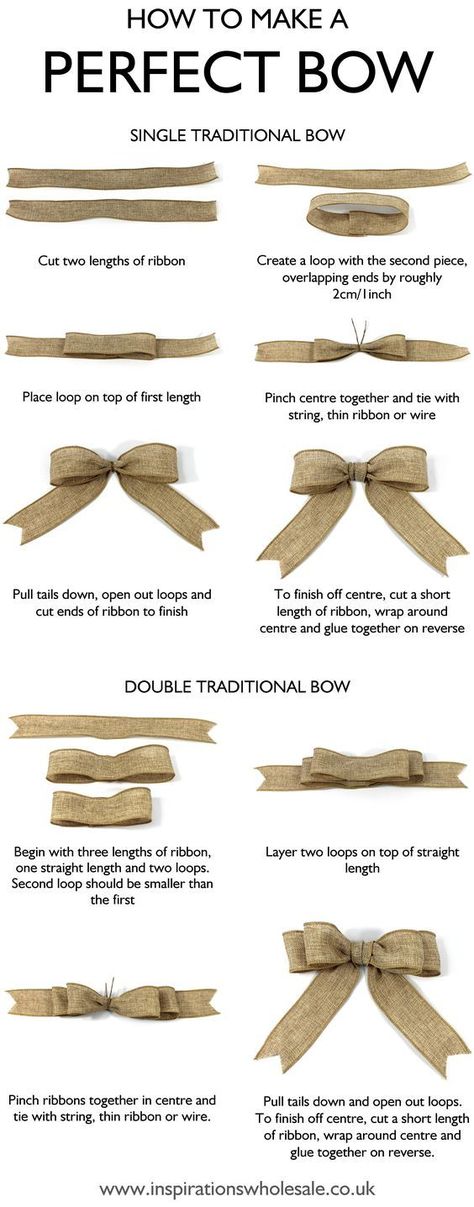 nine0003
nine0003
When performing elements of rotation, it is worth remembering that the center of rotation passes through the center of mass. The movement of an object in flight occurs along the line of a parabola. The correct flight path of the tape is determined not only by the applied force, but also by the angle from which the throw is made relative to the floor. And of course, a successful throw is impossible without calculating the time and point of landing of the tape.
Of course, during the performance gymnasts do not think about formulas or calculations: the correct execution of the elements and the ability to allocate time comes with practice. In addition, after the throw, the athlete needs to move towards the place where the ribbon will land, performing certain tricks or choreographic elements. nine0003 Federation
The main organization on the territory of the Russian Federation responsible for the development of sports and competitions in rhythmic gymnastics is All-Russian Federation of Rhythmic Gymnastics . Initially, it was part of the Rhythmic Gymnastics Federation of the USSR, but, as happened with many sports federations, it gained independence in 1991. The Federation organizes annual Championships and Championships of Russia in rhythmic gymnastics, and the sport itself is popular in 63 regions and republics of the Russian Federation. The tasks of the organization, as before, remain to provide all the necessary conditions for the development of sports in the country and to strengthen Russia's position in rhythmic gymnastics at the international level. nine0003
Initially, it was part of the Rhythmic Gymnastics Federation of the USSR, but, as happened with many sports federations, it gained independence in 1991. The Federation organizes annual Championships and Championships of Russia in rhythmic gymnastics, and the sport itself is popular in 63 regions and republics of the Russian Federation. The tasks of the organization, as before, remain to provide all the necessary conditions for the development of sports in the country and to strengthen Russia's position in rhythmic gymnastics at the international level. nine0003
The history of the development of rhythmic gymnastics
Rhythmic gymnastics originated in the middle of the 19th century, and rather extraordinary personalities took part in the long process of its development and formation. The first to talk about the importance of gymnastic elements was the French scientist, inventor and teacher-physiologist Georges Demeny. He emphasized that exercises with sports equipment, dance steps, stretching help to develop flexibility and smoothness of movements, grace and correct posture.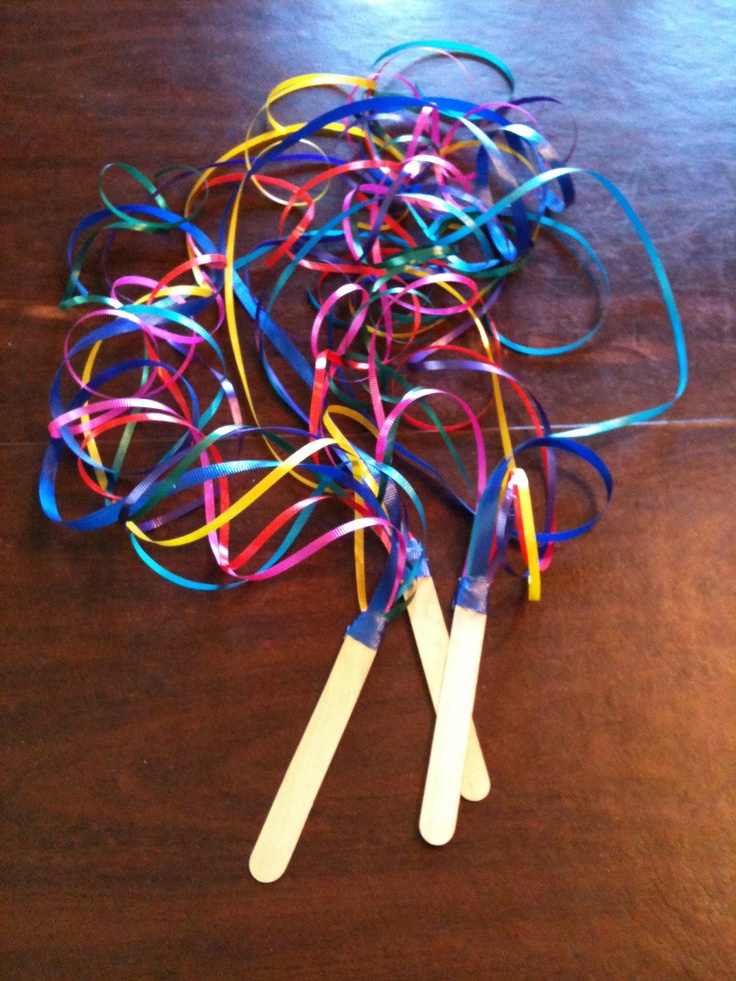 Taking into account the natural differences between men and women, Demeny developed separate systems of physical exercises, creating the basis for the development of rhythmic gymnastics. nine0003
Taking into account the natural differences between men and women, Demeny developed separate systems of physical exercises, creating the basis for the development of rhythmic gymnastics. nine0003
An important development was the development of the French scientist Delsarte on the skill of expressive movement. In his opinion, the implementation of a certain set of movements can contribute to the emergence of specific emotions in a person. Combining sport and art, captivating and delighting the audience, rhythmic gymnastics fully justified this theory.
Finally, one of the key figures in the formation of rhythmic gymnastics can be called the American dancer Isadora Duncan. She introduced the concept of free dance, which involved the rejection of the classical framework in favor of improvisation. Duncan's work had a significant impact not only on gymnastics, but also on ballet and classical dance. nine0003
Further development of rhythmic gymnastics continued in the Russian Empire.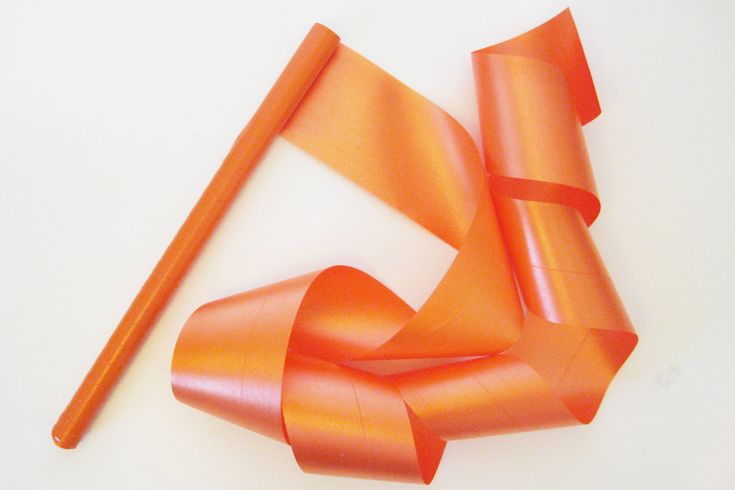 In 1913, the first school was opened at the Higher Scientific Courses for the Training of Heads of Physical Education, organized by P.F. Lesgaft, where they taught artistic movements. Rhythmic gymnastics was based on the principles of aesthetic, rhythmic and dance gymnastics, as well as free dance, invented by Isadora Duncan. The St. Petersburg Mariinsky Theater also made a significant contribution to the discipline. It is noteworthy that the gymnastic ribbon appeared precisely thanks to the ballerinas of the theater, who initially used stoles and scarves made of light materials in their performances. Subsequently, they were replaced by a more practical and effective tape. nine0003
In 1913, the first school was opened at the Higher Scientific Courses for the Training of Heads of Physical Education, organized by P.F. Lesgaft, where they taught artistic movements. Rhythmic gymnastics was based on the principles of aesthetic, rhythmic and dance gymnastics, as well as free dance, invented by Isadora Duncan. The St. Petersburg Mariinsky Theater also made a significant contribution to the discipline. It is noteworthy that the gymnastic ribbon appeared precisely thanks to the ballerinas of the theater, who initially used stoles and scarves made of light materials in their performances. Subsequently, they were replaced by a more practical and effective tape. nine0003
In the USSR of 1940-1950, gymnastics developed in two directions: as a physical education and a sport. The progress of the latter was accelerated by the introduction in 1950 of sports categories and standards, and in 1954 - programs for masters of sports. With the establishment of the Technical Commission in 1963, the path to international competition was opened for female athletes.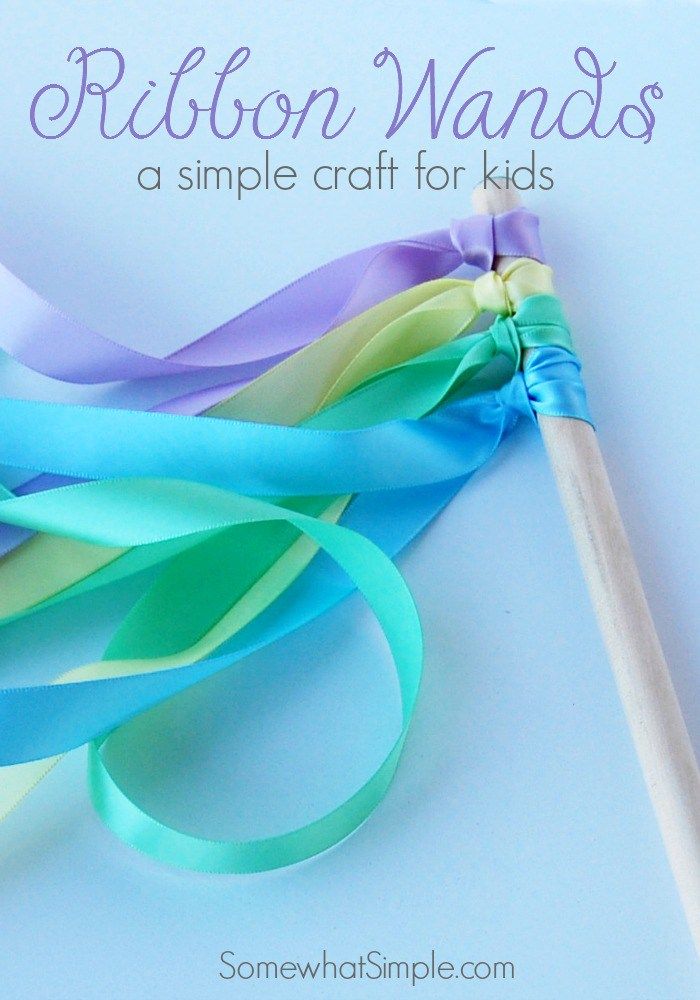 In 1980, rhythmic gymnastics became part of the disciplines demonstrated at the Olympic Games, thereby winning worldwide fame and audience love. nine0003
In 1980, rhythmic gymnastics became part of the disciplines demonstrated at the Olympic Games, thereby winning worldwide fame and audience love. nine0003
Rhythmic gymnastics does not lose its relevance today, moreover, it is one of the most popular sports disciplines in Russia. Almost everyone has heard of such outstanding gymnasts as Alina Kabaeva - champion and medalist of the Olympic Games, two-time Olympic champion Evgenia Kanaeva, six-time European champion Laysan Utyasheva. They managed not only to make a brilliant sports career, but also to successfully realize themselves in other areas of public life after leaving the sport. The twin sisters Dina and Arina Averina are widely known in the sports world - masters of sports, multiple champions of Russia and the world, winners of European championships and winners of prizes. nine0003
Books on rhythmic gymnastics
The book that offers a detailed overview of the development of rhythmic gymnastics and its position in the world of sports at the present stage is “Rhythmic Gymnastics. History, state and development prospects” by I. Viner-Usmanova, E. Kryuchek, R. Terekhina and E. Medvedeva. The manual contains information about all aspects and areas of rhythmic gymnastics and will be useful both for professional gymnasts who want to expand their professional knowledge, skills and abilities, and for a simple reader who, when reading this publication, will surely satisfy his curiosity and find answers to all his questions. nine0003
History, state and development prospects” by I. Viner-Usmanova, E. Kryuchek, R. Terekhina and E. Medvedeva. The manual contains information about all aspects and areas of rhythmic gymnastics and will be useful both for professional gymnasts who want to expand their professional knowledge, skills and abilities, and for a simple reader who, when reading this publication, will surely satisfy his curiosity and find answers to all his questions. nine0003
There are also books on rhythmic gymnastics, which are designed for younger readers. One of them is "The Queen of Gymnastics, or the Road to Victory" by V. Ivanova. The book tells about two girls-gymnasts who from the day they met were rivals, because each dreamed of victory, was burning with the desire to become a champion. But once in the Russian national team, the young athletes realized that they needed to combine their efforts in order to achieve success. Will the former rivals manage to make friends, and which of them will get the Olympic gold? The book will answer the question.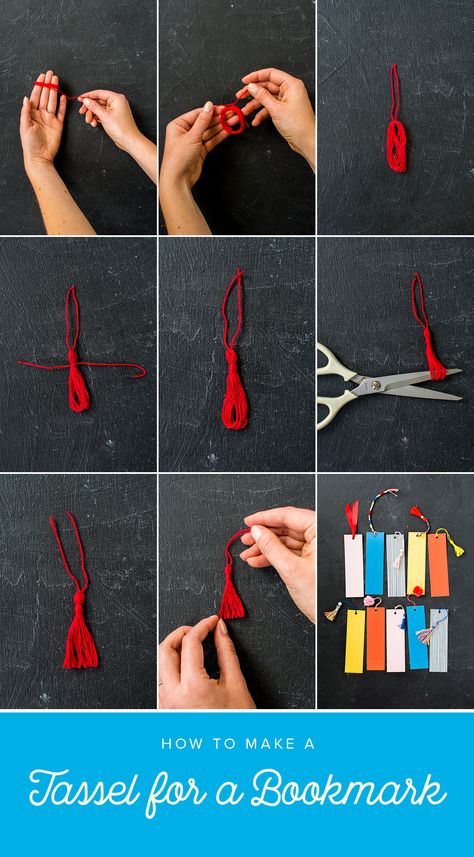 nine0003
nine0003
And, of course, one cannot fail to note the autobiographical collection, because literature, which reflects the life experience of real people, sometimes turns out to be the most interesting. In the book "Unbroken" , the famous gymnast and champion Laysan Utyasheva talks about joys, disappointments, injuries, love and friendship, about falls and overcoming obstacles that she met on a difficult and thorny path to victory. The world of rhythmic gymnastics through the eyes of a man who has gone through all obstacles is a book about life, which is undoubtedly worth reading. nine0003
One can talk endlessly about rhythmic gymnastics, but the main thing is to know that it is not only a sport, but also an art. In recent years, among the athletes participating in the competition, there has been a tendency to shift the focus of attention from the artistic to the technical side of the performance. As a result, an increasing number of gymnasts are characterized by refined movements, clarity and thoughtfulness of choreography, a high level of mastery of the subject, and, on the contrary, there is less sincerity.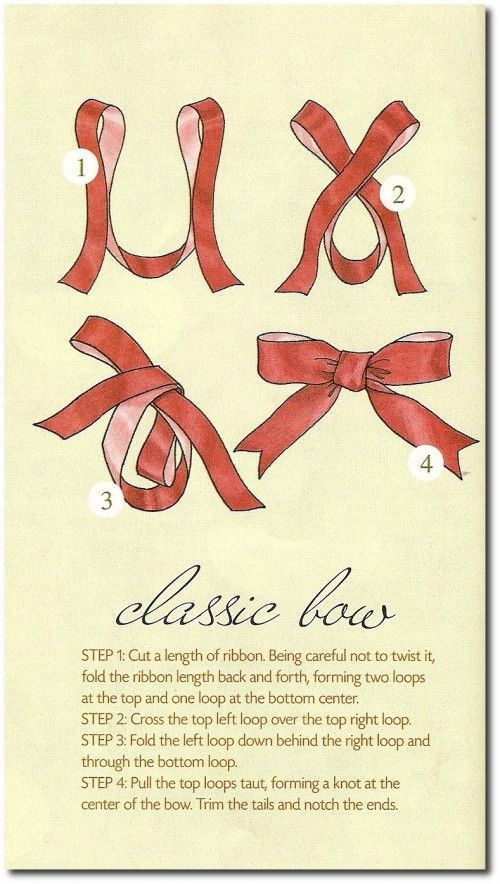 It is worth remembering that the goal of rhythmic gymnastics competitions is not only to surpass rivals in technical skills, but also to convey the mood, feel the right atmosphere, and with the help of movements convey to the viewer their own special story. Strong arms, body flexibility, speed and technique are just as important as the sincerity of the performance, coming from the heart, and their harmonious combination will undoubtedly help to win. nine0003
It is worth remembering that the goal of rhythmic gymnastics competitions is not only to surpass rivals in technical skills, but also to convey the mood, feel the right atmosphere, and with the help of movements convey to the viewer their own special story. Strong arms, body flexibility, speed and technique are just as important as the sincerity of the performance, coming from the heart, and their harmonious combination will undoubtedly help to win. nine0003
Betting theory
Giffen's (Gifen) strategy for sports bettingOne of the simplest and at the same time very popular betting systems for hockey matches...
What to do if the bookmaker's office calculated the bet incorrectly?Sometimes it happens that the bookmaker miscalculates...
Predictions for underdogs in hockey. Experienced players share their secrets Hockey live bettors are probably familiar with the strategy.